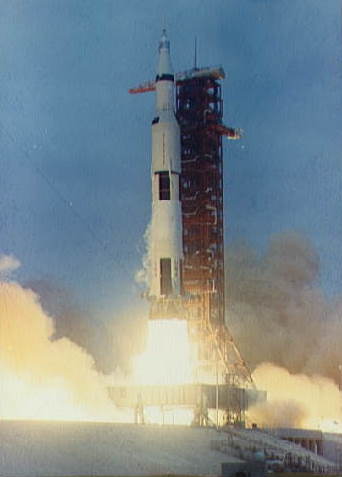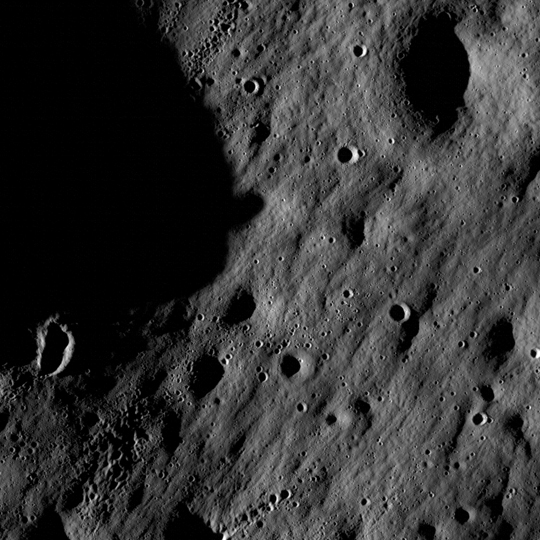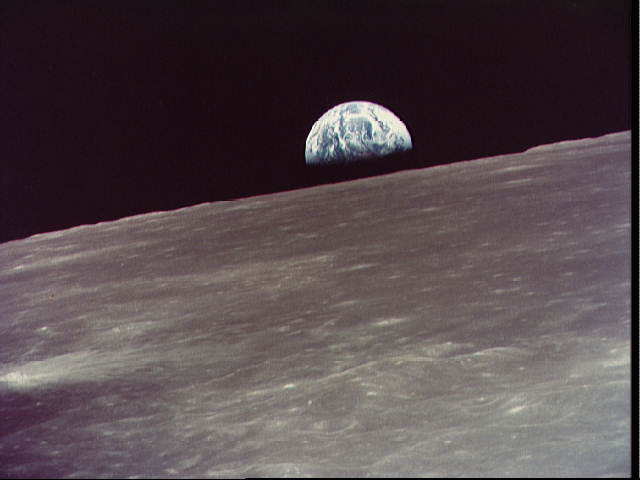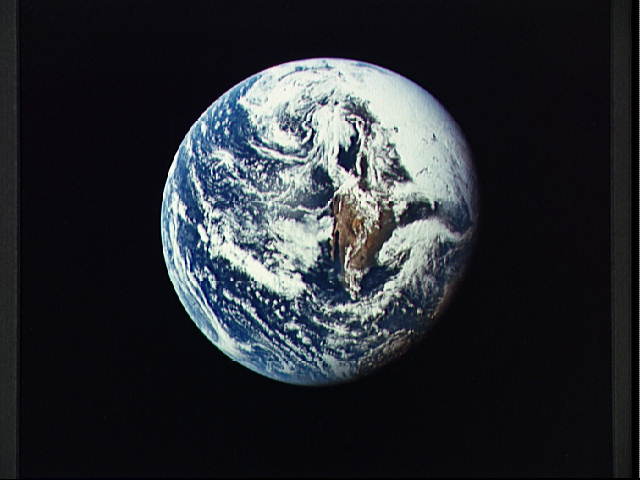So the Secretary of Homeland Security announced that DHS would remove the “right-wing extremist” report from their web site.* The horse-and-barn-door metaphor seems appropriate, because it’s a meaningless gesture: the report’s been cached and will continue to be available on other sites (for example, the Anti-Secrecy Society … a.k.a. the Federation of American Scientists).
The real question is, why was it on-line in the first place?
I have a copy of the report, which I downloaded almost a month ago; I don’t remember whether I got if off the DHS site, but I don’t think so. Notwithstanding the other controversy surrounding its contents I was more disturbed by the fact that several of the paragraphs are not marked FOUO, but instead are marked LES. Most people can recognize FOUO as “For Official Use Only,” but LES may not be as familiar. LES means “Law Enforcement Sensitive.”
How sensitive? The paragraph in the report that describes the LES marking says,
This product contains Law Enforcement Sensitive (LES) information. No portion of the LES information should be released to the media, the general public, or over non-secure Internet servers. Release of this information could adversely affect or jeopardize investigative activities.
Let’s see that again: “No portion of the LES information should be released to the media, the general public, or over non-secure Internet servers.”
I got the report over non-secure Internet servers. Who put it there? A reprimand would seem to be in order.
___
*According to this report.



 by
by 














